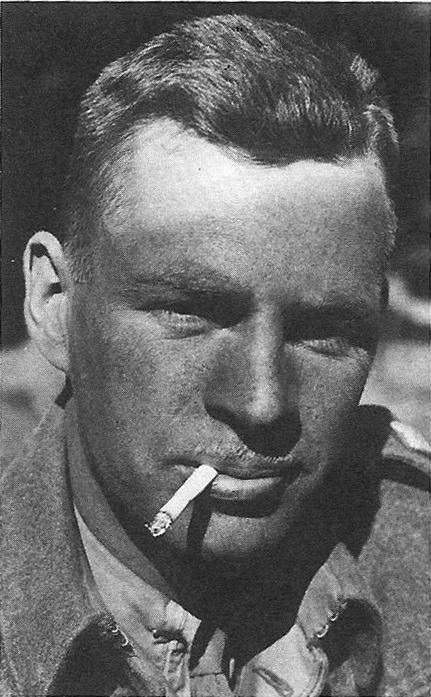Active 1941-1945 | ||
 | ||
Engagements Normandy LandingsElbe DayAllied invasion of SicilyOperation Market GardenLiberation of Paris | ||
The Canadian Army Film and Photo Unit (CFPU) was a Canadian Army unit founded in 1941 in order to document military operations during World War II. It was the last unit of its kind to be founded by the Allied armies. Among the campaigns which it recorded were the invasion of Sicily, the D-Day Landings, the liberation of Paris and the Elbe River link-up of the Allied armies, known as 'Elbe Day'.
Contents
History
The first official Canadian army photographer was Lieutenant Laurie Audrain of Winnipeg; he was appointed on June 25, 1940. However, it was soon recognized that a dedicated photographic unit was necessary. The CFPU was formed on June 19, 1941 under the command of Captain William Abell of Winnipeg. By the end of World War II, fifty nine Canadian photographers and cameramen had been involved in combat operations in Europe. Of these, six were killed and eighteen were wounded.
The CFPU was staffed by enlisted men and women. Its objectives were to film Canadian troops in action and supply the Department of National Defence, and also media outlets, with theatrical newsreels and still photographs. It was the first Allied unit to provide film of the assault waves landing in Sicily and Normandy, the first to get still pictures from Normandy onto the front pages of the world press, and the only one to produce colour pictures of Operation Overlord.
Among its members were:
Members of the CFPU were often in the front line, sometimes even ahead of it. During the liberation of Dieppe in 1944, as the Manitoba Dragoons awaited orders to advance, members of the CFPU including Ken Bell and Brian O'Regan were the first Allied servicemen to enter the town.
In April 1945 the journalist Lionel Shapiro wrote in Maclean's magazine:
"CFPU men were in the thick of every battle, often moving with the most forward units, on a few occasions positioning themselves at a vantage point in no-man's land in anticipation of a clash."Modern Era and Legacy
Today, Ken Bell's war photographs - taken with a Rolleiflex camera - are housed by the Library and Archives Canada., in Ottawa. After the war, Bell published a number of photographic memoirs of his experiences with the CFPU, including Curtain Call, published in 1953, and Not in Vain, published in 1973.
In 2005, a one-hour documentary titled Shooters was made by James O'Regan, son of CFPU member Brian O'Regan, showing the history of the CFPU and broadcast on the CBC. The eBook, Camera Commandos', by Brian O'Regan, was also published.
